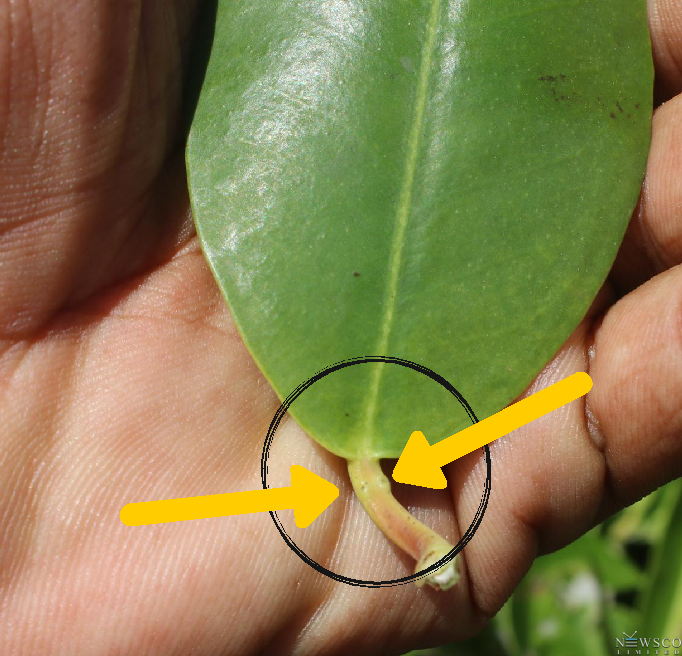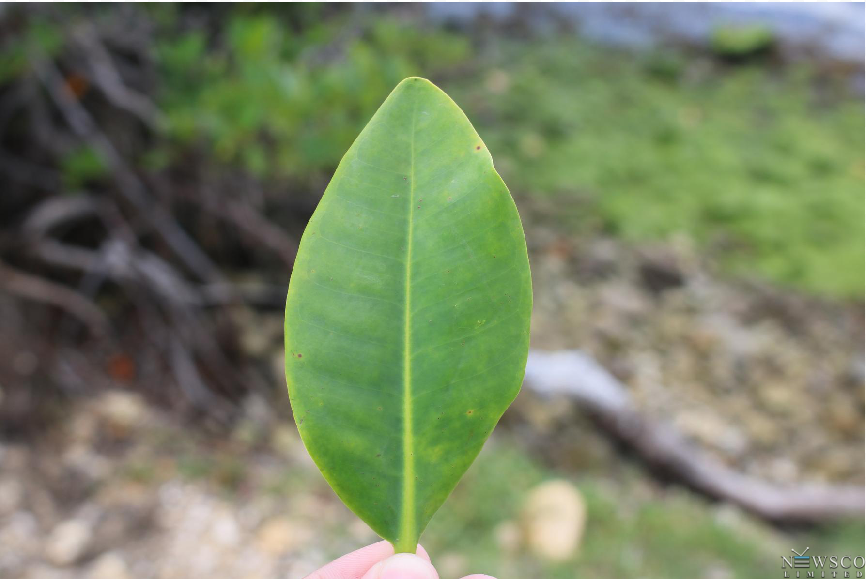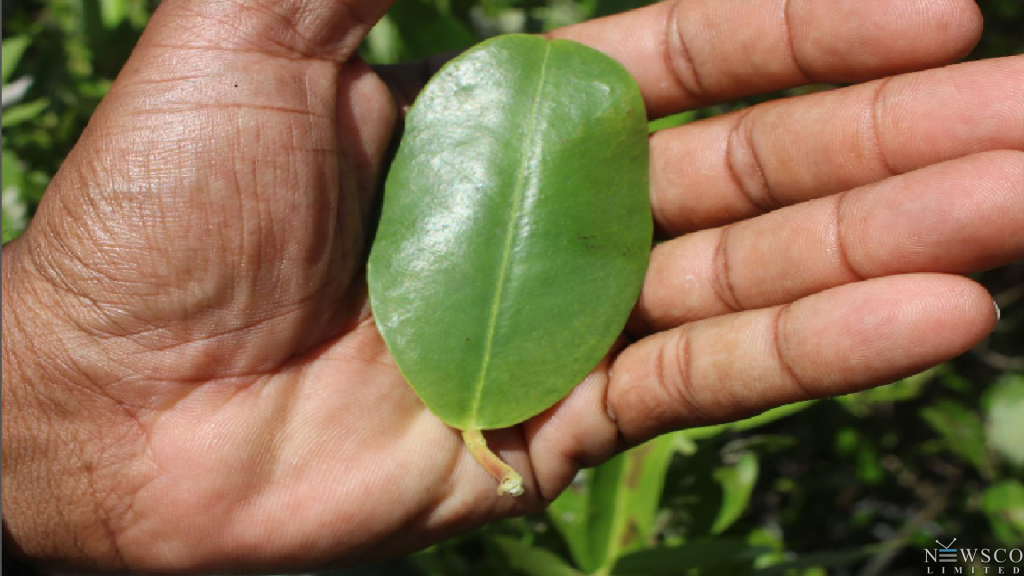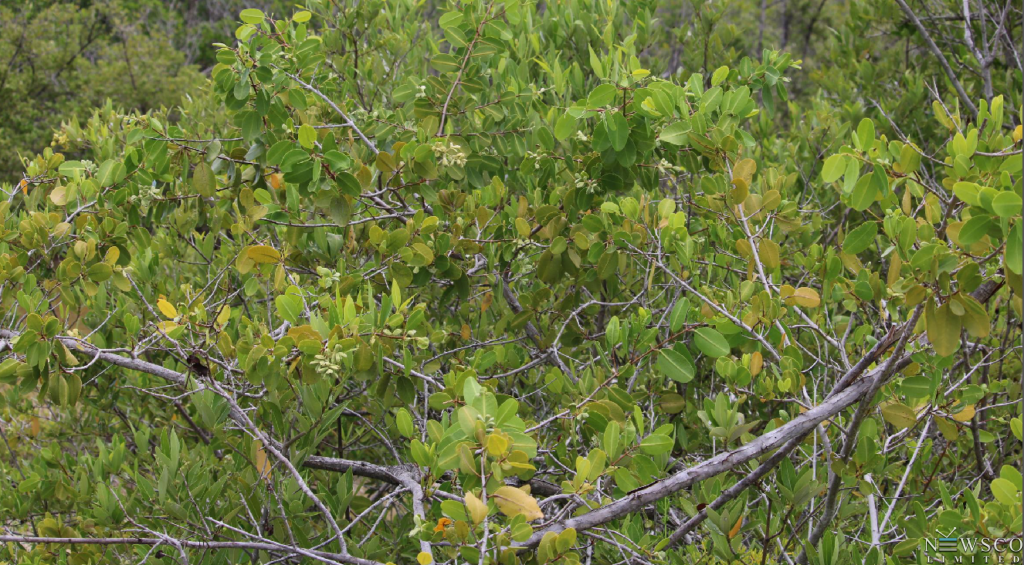

Mangrove ecosystems, although being very important for sustaining healthy terrestrial and aquatic ecosystems, are severely undervalued. While many persons have a basic knowledge of mangroves, few know details on these very important types of trees.
This article will look at what mangroves are, their importance, and what are the different types of mangroves that can be found around Antigua and Barbuda.
Mangroves are typically described as a group of salt-tolerant trees and shrubs found along coastal tropical and subtropical areas. These organisms are Halophytes (salt loving) but do not require saltwater to live. Mangroves are believed to have adapted to thrive in salty (saline) habitats as a way to reduce competition from other plants. Mangroves have many adaptations to life in a saline environment, including prop roots, roots which “breathe air”, glands which emit salt, and leathery leaves. Mangrove forests remove carbon dioxide from the atmosphere in greater quantities than other types of trees, making them an effective ally in reducing carbon emissions that contribute to climate change. In addition, mangroves also help to reduce erosion and flooding from storms and hurricanes and serve as a nursery for young marine species while also filtering pollutants.
Antigua and Barbuda has four primary Mangrove species. They are: 1. red mangroves (Rhizophora mangle) 2. black mangroves (Avicennia germinans) 3. white mangroves (Laguncularia racemosa) 4. buttonwood mangroves (Conocarpus erectus).
Red mangrove
Red mangroves are found closest to the water’s edge and are usually the most dominant species in the mangrove forest. Their name comes from the tannin that normally occur within red mangroves, giving the wood and inner bark a reddish colour. Red mangroves can grow up to 30 ft in height and produce dark green, oval shaped, leathery leaves with smooth edges that come to a point at their ends. Red mangroves have adapted prop roots to help stabilize the plant in loose soil and assist with respiration when they are exposed to air. These roots also filter the salt out of the seawater that the plant takes up, allowing it to get water without the damaging salt. They have small yellow bell-shaped flowers which are sweet smelling that attract bees and insects, encouraging pollination. Pollinated flowers develop into seeds while still attached to the parent tree. Red mangroves are found in the Fitches Creek Swamp, McKinnon’s Swamp, and Darkwood Beach, among other areas.



Black mangrove
The black mangrove is usually the second in the typically observed line of procession of mangrove plants when looking from the sea and tend to dominate zones near to open water. The leaves have the ability to take up saltwater, use the water and secrete the salt onto their leaves to regulate salt levels in the plant, thus leaving salt crystals on the surface. Its root system consists of a series of pneumatophores (air breathing roots) which originate from underground horizontal roots that grow out from the soil around the trunk which provides oxygen to the underground and underwater root systems.
White mangrove
White Mangrove is mostly found upland and is more prominent in high marsh areas or in lagoons and in areas with a high tide, and can reach 50 ft – 60 ft in height. The leaves have two glands, each called nectaries that secrete sugar. Many insects feed on this sugar. These glands serve a regulatory function similar to the glands on the leaves of the black mangrove. Their leaves are rounded at the base and tip, and are flat and have a smooth underside. White mangroves produce a leathery Drupe (fruit with varying layers from inside to outside), with a dark red seed inside.


Buttonwood mangrove
Buttonwood Mangrove is an associated mangrove species that grows furthest from the shoreline and reach up to 20ft in height. The species get the name “Button” from the button-like appearance of the dense flower heads that grow in branched clusters that produce non-edible cone-like berries. The flowers appear in conelike heads and are greenish in colour. The Petioles (leaf stems) have two red notches at the base of the leaves through which salt is ejected. Unlike the other species of mangroves, this plant does not reproduce via propagules (or seedling mangroves) but produces seed cases instead.
When going hiking through our mangrove or other natural habitats please remember – take only pictures and leave only memories!
For more information on mangroves in Antigua and Barbuda, visit the Department of Environment’s Teacher Resource Guide on mangroves trees found here – https://www.environment.gov.ag/assets/uploads/attachments/f3b79-final_teachers_resource_guide_mangroves_24.12.19.pdf.
This guide was developed as part of the Global Environment Facility (GEF) funded Cross-Cutting Capacity Development (CCCD) project.

